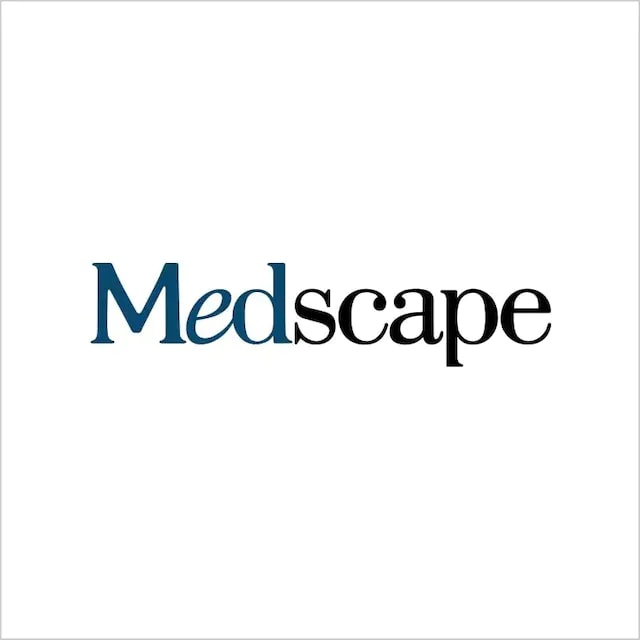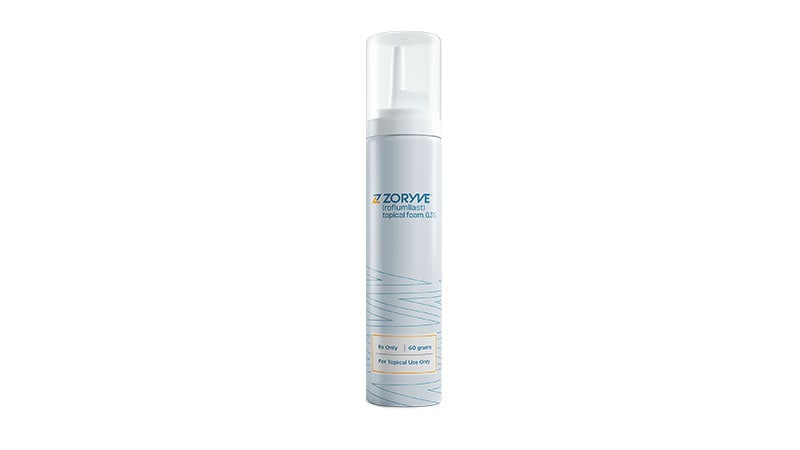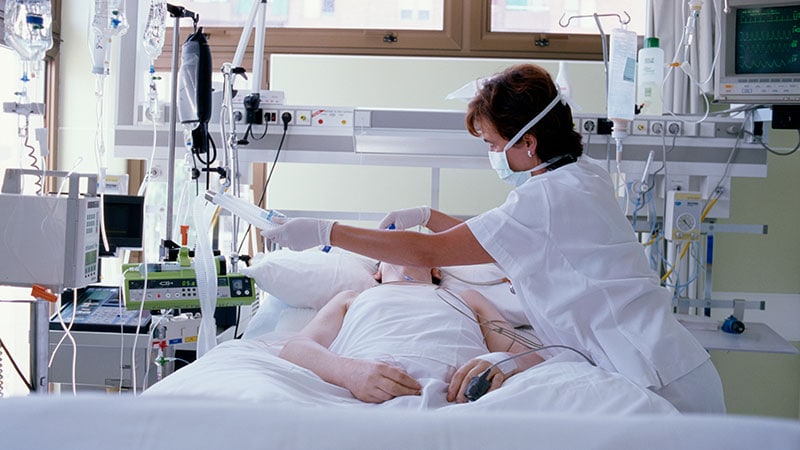For Retina Specialists, 2024 Is a Time to Try New Tools
With three potential blockbuster drugs for retinal disease receiving regulatory approval in 2023, 2024 may feel quiet by comparison for the field.
However, retina specialists may feel like they have been given a fresh box of tools, from a first-time ophthalmic formulation of the frequent first-step therapy for age-related macular degeneration (AMD) and other exudative retinal diseases, as well as a resumption of implants of a miniature port designed to deliver a drug while avoiding repeated monthly injections. But any anticipation for new biosimilars should probably be put on hold.
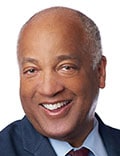
"2023 was a big year for things getting approved," Reginald Sanders, MD, president of the American Society of Retina Specialist (ASRS), who practices in Washington, DC, told Medscape Medical News. "But there's a burgeoning field of research for treating retinal diseases, so although in 2024 there are not many new therapies coming out, in the next 10 or 15 years, there are going to be lots of therapies."
"I'm hoping that 2024 will be start of something big for us for 2025," David Boyer, MD, a retina specialist in Los Angeles, said in an interview. "Some of these companies are showing good results in their phase 2 trials, so then they'll start phase 3 trials beginning next year."
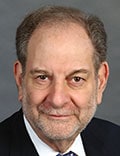
In 2023, the US Food and Drug Administration (FDA) approved the first two drugs to treat geographic atrophy, an advanced form of dry, or nonexudative, AMD: Pegcetacoplan (Syfovre) and avacincaptad pegol (Izervay).
The FDA in 2023 also approved a high-dose form of the anti–vascular endothelial growth factor (VEGF) aflibercept (Eylea HD) for wet, or neovascular, AMD (nAMD), along with diabetic macular edema (DME) and diabetic retinopathy. The 8-mg formulation of aflibercept is a more potent version of the 2-mg product (Eylea) for those indications, but the higher dose is designed to be given every 2-4 months, whereas the original formulation is recommended for monthly or every-other-month use. All three of the recently approved drugs are administered as direct injections into the vitreous of the eye.
Another FDA approval last year was an additional indication for the dual-action antibody faricimab (Vabysmo) for treatment of retinal vein occlusion, a condition that affects more than 1 million people in the United States. Faricimab, an intravitreal injection, acts to inhibit VEGF-A as well as the angiopoietin-2 pathway in retinal disease. The FDA initially approved the drug in 2022 to treat nAMD and DME.
Return of Port Delivery
A previously approved treatment poised to reemerge this year is the refillable port delivery system (PDS) with the anti-VEGF agent ranibizumab (Susvimo). PDS is a small cylinder implanted into the eye and filled with 100 mg/mL of ranibizumab, which the physician refills every 6 months or so. The therapy initially was approved in 2021, but a year later, Genentech, the manufacturer, recalled the device and paused new implants after it received reports of the septum, or seal that keeps the medicine from leaking out, failing in the phase 3 trial. For patients who had already received devices and had no problems, refills continued.
Genentech confirmed the device should again become available for implants this year.
"That's going to be another game changer now that they've fixed the septum dislodgement problem," said Jennifer I. Lim, MD, director of the retina service at the University of Illinois Chicago and president of The Retina Society. Lim said the company also has made the septum easier for clinicians to refill.

While these treatments have been available for months or longer, retina specialists will spend 2024 getting acclimated, or reacclimated, with them.
Geographic Atrophy
Pegcetacoplan, the first FDA-approved treatment for geographic atrophy, had a rocky rollout in 2023. Within 6 months of its approval, reports of vision-threatening retinal vasculitis in patients who had injections prompted an ASRS panel to a warn its members of the potential complication. Weeks later, the manufacturer, Apellis Pharmaceuticals, pulled injection kits it had distributed with a 19-gauge needle, which had been implicated in the reports, and advised physicians to use only an 18-gauge filter needle. In late January, a committee of the European Medicines Agency rejected the application for pegcetacoplan.
Geographic atrophy is a robust area for drug development, Boyer said. Based on a comprehensive review of pipeline programs in retina, no fewer than 16 investigative drugs are focusing on the condition.
"We're looking for better results than we currently have for patients with geographic atrophy because of the potential side effects that have been reported with these existing drugs," Boyer said. "There's room for investigating different pathways that contribute to the disease."
An Ophthalmic Bevacizumab
One potential FDA approval this year, Boyer said, is an ophthalmic formulation of bevacizumab. Many payers, including Medicare Advantage plans, require physicians to begin patients who need anti-VEGF treatments for retinal disease to start with bevacizumab (Avastin). The reason is cost. According to Drugs.com, a dose of aflibercept 2 mg costs $1958 compared with $1241 for ranibizumab and $2316 for faricimab. A dose of bevacizumab is around $50, according to the American Academy of Ophthalmology.
Bevacizumab is a cancer drug, and no ophthalmic formulation is available from the factory. To prescribe the agent, ophthalmologists must order doses from compounding pharmacies, which repackage the medication into vials for eye injections.
The ophthalmic formulation, bevacizumab-vikg (ONS-5010/Lytenava), has been in clinical trials, but the FDA last year did not approve the biologics license application. The sponsor, Outlook Therapeutics, has initiated a second phase 3 clinical trial in patients with nAMD. This trial, like the previous phase 3 study, will compare bevacizumab-vikg with ranibizumab (Lucentis). The previous trial reported comparable efficacy between the two drugs. Outlook says it expects this year to report topline results from the trial and refile its application.
Boyer said the first phase 3 trial "had great results; they had 40% of patients who gained three lines of vision. That may stop them from compounding Avastin. That may be an approval from the FDA this year."
Biosimilars on Hold
One of the most anticipated retina drug approvals this year may turn out to be a nonevent. As developers of biosimilars of the top-selling retina drug aflibercept 2 mg have queued up to get FDA approval, in anticipation of the drug starting to come off patent this year, Regeneron Pharmaceuticals, the company that holds the patent, has gone to federal court to defend its patents. No fewer than 10 aflibercept biosimilars are in various stages of premarket investigation.
Late last year, federal district court in West Virginia ruled in Regeneron's favor that Mylan, the company developing one of those biosimilars, infringed on patents. Regeneron also has patent infringement lawsuits pending against Amgen, Celltrion, Formycon, and Samsung Bioepis, companies that are also developing biosimilars for aflibercept 2 mg. Amgen last year saw the FDA accept its biologics license application for its agent, but the company said it has no information on an action date.
Two biosimilars of the other leading anti-VEGF drug, intravitreal ranibizumab (Lucentis), have already been approved, but they are vying for a quickly diminishing market. Aflibercept is the holy grail for biosimilars. Regeneron reported that 2023 US sales of aflibercept 2 mg were $5.7 billion, whereas US sales of ranibizumab declined 52% last year to $520 million, according to Roche corporate results. By comparison, sales of faricimab (Vabysmo), including international sales, exceeded $2.25 billion.
Prices of the existing ranibizumab biosimilars are not that far off from the reference product. Drugs.com lists Byooviz at $1199 — only $42 less than the branded ranibizumab — and Cimerli at $868 per dose.
Gene Therapy
Gene therapies to treat nAMD as well as inherited retinal diseases are also advancing in human trials.
"I think gene therapy is going to be pretty big in terms of macular degeneration and even DME," Lim said. No fewer than 10 gene therapies are in phase 1 or 2 clinical trials for AMD or DME. A phase 2b trial of JNJ-81201887, a soluble form of the C59 protein, a protective protein found in the cellular plasma membrane last year started enrolling patients with geographic atrophy.
"The soluble C59 gene therapy aims to increase the level of protective complement as opposed to inhibiting the complement factor cascade," Lim said. "I think that's something new. It remains to be seen if that approach is beneficial."
More than 20 investigative gene therapy programs are focusing on rare, vision-threatening inherited retinal diseases for which no treatment exists. Those diseases include Stargardt disease, X-linked retinitis pigmentosa, and Leber-related diseases. Today, five are either in or starting phase 3 trials.
Although the first FDA-approved gene therapy, voretigene neparvovec (Luxturna), a treatment for inherited retinal diseases due to mutations in the RPE65 gene, has been available since 2018, gene therapies in retina have shifted from rare, inherited diseases to AMD and DME.
"Studies of genetic modification of viruses are showing some promising results with treating both macular degeneration and diabetic macular disease, and patients may need as many as one or two injections," Sanders said. "We're years away, yet time will tell if this early research plays out."
That work has squeezed research into gene therapies for rare, genetic retinal disorders, he acknowledged. "The more patients that have disease, the more likely they are to get funding for research," Sanders said. "Not that they're more important. That's just how it goes."
Lim disclosed financial relationships with AbbVie/Allergan, Adverum Biotechnologies, Alimera Sciences, Bausch + Lomb, Chengdu Kanghong Biotechnology, Eyepoint Pharmaceuticals, Genentech/ Roche, Graybug Vision, Iveric Bio, Janssen Pharmaceuticals, Novartis, Regeneron Pharmaceuticals, RegenxBio, Santen, SparingVision, Stealth BioTherapeutics, Unity Biotechnology, and Viridian.
Boyer disclosed financial relationships with 4D Molecular Therapeutics, AbbVie/Allergan, Adverum Biotechnologies, Aldeyra Therapeutics, Alimera Sciences, Alkahest, Allegro, Amgen, Annexon Biosciences, Apellis Pharmaceuticals, AsclepiX Therapeutics, Aviceda Therapeutics, Bausch + Lomb, Bayer, Belite Bio, Clearside Biomedical, Eyepoint Pharmaceuticals, Genentech/ Roche, Graybug Vision, Iveric Bio, Janssen Pharmaceuticals, Nano scope Therapeutics, Novartis, Ocugen, Oculist, Ocuphire Pharma, Opthea, Pfizer, Regeneron Pharmaceuticals, RegenxBio, Sanofi, Stilbite Zhuhai, Stealth BioTherapeutics, Thea Laboratories, and Unity Biotechnology.
Sanders had no relevant disclosures.
Richard Mark Kirkner is a medical journalist based in the Philadelphia area.


 Admin_Adham
Admin_Adham
